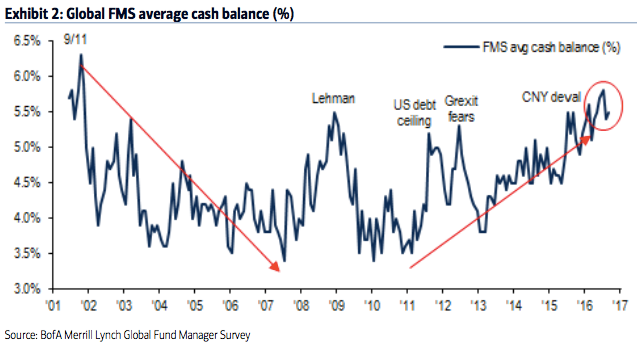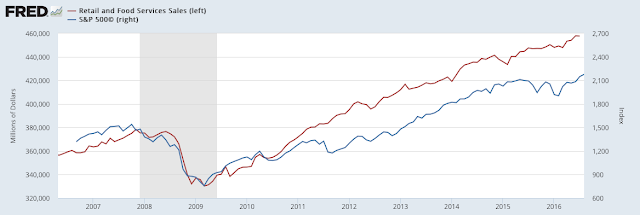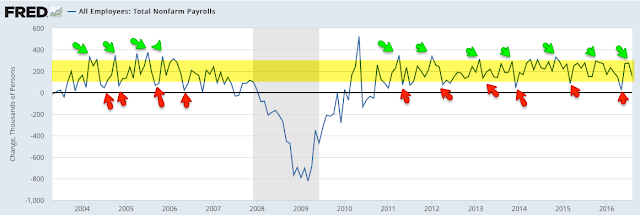* * *
Morgan Stanley's chief economist this week stated that the Fed's low rate policy and "jawboning" are responsible for most of the stock market's gains since 2009. In doing so, Sharma is repeating the popular meme that the Fed's actions have been exceptional in pushing the market higher (from Market Watch). Enlarge any image by clicking on it.
Is this view accurate?
Sharma is correct in saying the stock market typically rallies on days when the FOMC announces its policy decisions. That's not terribly surprising: rate decisions represent some uncertainty which is resolved with the release of the policy statement. That investors are continually uncertain about Fed policy is a testament to its ability to keep complacency in check. This is remarkable, moreover, since Fed policy very rarely changes.
But where Sharma is wrong - and this is the key point - is in saying that the Fed's "aggressive monetary easing" and policy utterances have had an anomalous influence during the current bull market. They haven't.
Quantifiable Edges (bookmark it here) has repeatedly looked at the performance of the S&P on days when the FOMC policy statement is released. From 1982 to mid-2009, the average FOMC day outperformed the average of all days by 7.5 times. Gains on FOMC days were common during the 1980s, the 1990s and became more exceptional during the 2000s, both during and after the 2003-07 bull market (chart below as of September 2009).







